New Mexico Red Chile: Spicy Secrets, Savory Tips, and Sizzling Surprises!
Table of Contents
- Introduction: What Makes New Mexico Red Chile Special?
- A Taste of History: Origins & Tradition
- How Hot Is It? A Chili Heat Breakdown
- From Stews to Smoothies: Creative Ways to Use Red Chile
- Pro Cooking Tips for Handling Red Chile Like a Pro
- Keep It Fresh: Storage Do’s and Don’ts
- Culture on a Plate: Red Chile in New Mexican Cuisine
- Red vs. Green: The Great Chile Debate
- Chili Trivia: Fun Facts About New Mexico Red Chile
- Conclusion: Fire Up Your Kitchen!
Introduction: What Makes New Mexico Red Chile Special?
If you’ve ever visited New Mexico or tried its legendary cuisine, you’ve probably heard the question: “Red or green?” While both are iconic, today we’re focusing on the bold, smoky, earthy king of the Southwest — the New Mexico Red Chile.
This isn’t just any chili powder or sauce; it’s a way of life. Grown in the high desert climate, dried under the sun, and ground with love (or industrial grinders), red chile is more than a spice — it’s heritage.
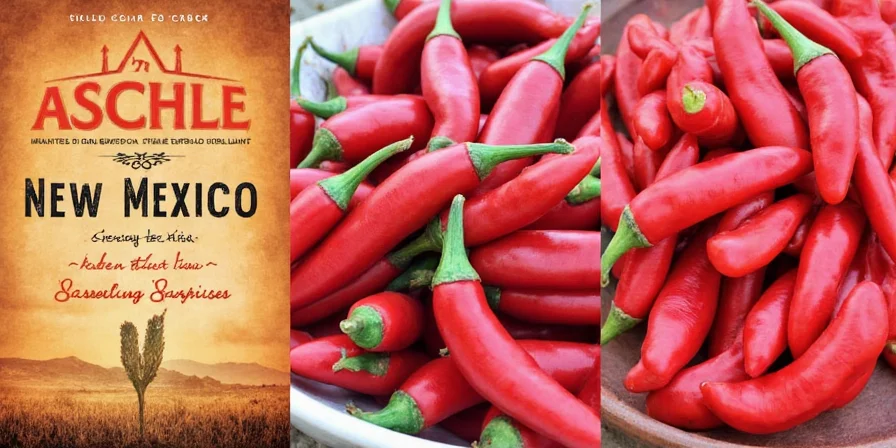
A Taste of History: Origins & Tradition
The roots of New Mexico red chile run deep. Brought by Spanish colonizers from Mexico in the 1500s, chiles were quickly adopted by Puebloan tribes who began cultivating them locally. Over centuries, they became a staple ingredient in regional dishes like posole, green chile stew (yes, even with red chile variations!), and the beloved chiles rellenos.
In fact, the New Mexico State University has been breeding chile varieties since the late 1800s. Their Hatch Valley chiles have become almost mythical among foodies — a mark of quality and flavor that can’t be beaten.

How Hot Is It? A Chili Heat Breakdown
One of the biggest questions when cooking with New Mexico red chile is, naturally: how spicy is it?
| Chile Type | Scoville Heat Units (SHU) | Description |
|---|---|---|
| New Mexico Red Chile (Mild) | 1,000–1,500 | Perfect for everyday meals |
| New Mexico Red Chile (Medium) | 1,500–2,500 | For those who like a little kick |
| New Mexico Red Chile (Hot) | 2,500–5,000 | Not for the faint-hearted |
| Hatch Red Chile (Extra Hot) | 5,000–8,000 | Sometimes fire comes in a bottle |
Note: These ranges can vary depending on growing conditions, soil, and whether you use the seeds or not.
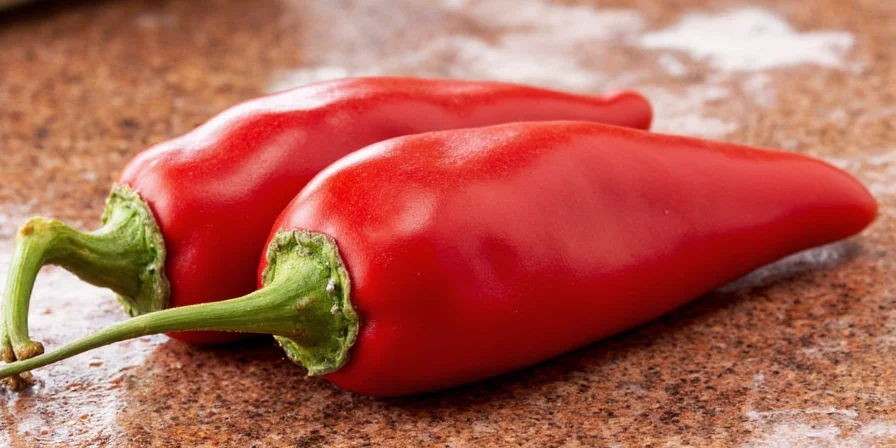
From Stews to Smoothies: Creative Ways to Use Red Chile
Think red chile is only for stews and enchiladas? Think again! Here are some unexpected ways to add that signature Southwest flair:
- Mix into chocolate desserts – Yes! Try a pinch in brownies or mole sauce.
- Make a spicy latte – Dust a bit over frothy cappuccino foam for a warm kick.
- Marinades for meats – Blend with garlic, oil, and lime for killer grilled chicken.
- Spice up popcorn – Toss with melted butter and red chile for a movie-night treat.
- Add to smoothies – Especially mango or pineapple — surprisingly refreshing!
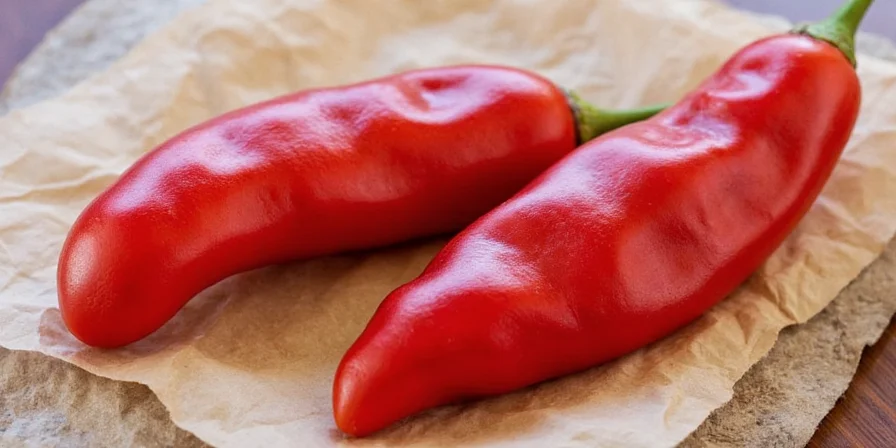
Pro Cooking Tips for Handling Red Chile Like a Pro
Using red chile doesn’t mean setting your tongue on fire. Here are some pro-level tricks to get the most out of your red chile without burning down the kitchen:
- Bloom it in oil – Toast the powder in a little oil before adding liquid to unlock deeper flavor.
- Rub it onto meat – Let it sit for at least an hour before grilling for better penetration.
- Use stock or broth instead of water – Adds richness and rounds out the spice.
- Simmer slowly – Let sauces reduce and thicken for richer texture and flavor.
- Taste as you go – Remember: You can always add more heat, but you can’t take it away!

Keep It Fresh: Storage Do’s and Don’ts
Red chile is best when fresh, but storing it correctly makes all the difference. Here’s what to do:
| Storage Method | Shelf Life | Pros & Cons |
|---|---|---|
| Whole dried pods in paper bag | 6–12 months | Great for grinding on demand |
| Ground powder in airtight jar | 3–6 months | Convenient but loses potency over time |
| Red chile paste in freezer | 6–9 months | Ready-to-use but needs space |
| Commercial canned sauce | Up to 1 year unopened | Consistent taste, but check salt content |
Culture on a Plate: Red Chile in New Mexican Cuisine
Red chile isn’t just used in food — it defines culture. From holiday dinners to backyard cookouts, New Mexicans proudly drizzle their chile over everything from eggs to fry bread.
You’ll find it in dishes like:
- Enchiladas con Mole – Sweet meets spicy in this layered masterpiece.
- Carne Adovada – Pork marinated in red chile, garlic, and vinegar, then slow-roasted to perfection.
- Red Chile Enchiladas – The classic comfort dish with layers of tortillas, cheese, and that rich red sauce.
- Sopaipillas – Drizzled with honey OR drenched in red chile. Choose wisely.
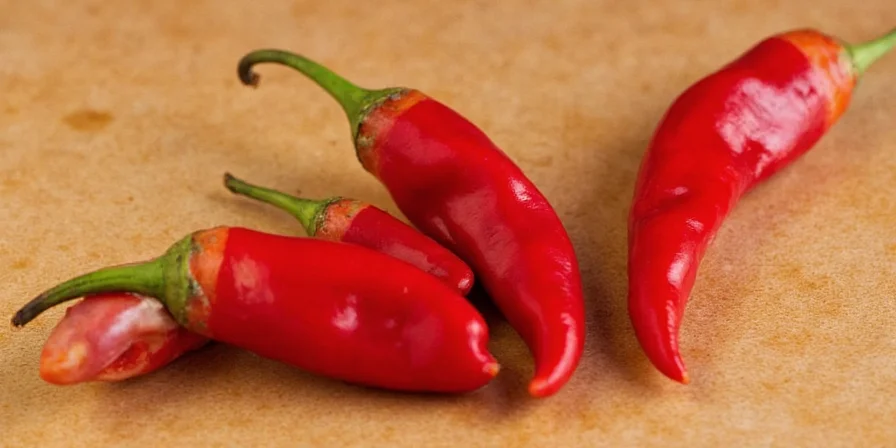
Red vs. Green: The Great Chile Debate
In New Mexico, there’s no such thing as “choosing sides.” But here’s how the two chiles stack up:
| Aspect | Red Chile | Green Chile |
|---|---|---|
| Harvest Time | Matured and dried | Freshly picked |
| Flavor Profile | Smoky, earthy, complex | Grassy, vegetal, bright |
| Heat Level | Moderate to high | Mild to moderate |
| Common Uses | Stews, rubs, sauces | Enchiladas, burgers, fries |
| Texture | Dry, powdery, or paste-like | Juicy, chunky, roasted |
So which one wins? That’s up to your palate… and your tolerance for heat!
Chili Trivia: Fun Facts About New Mexico Red Chile
- There’s an annual International Chile Festival in Las Cruces, NM!
- New Mexico officially designated red and green chile as the state vegetables in 2005.
- Hatch, NM, is known as the “Chile Capital of the World.”
- Chiles were among the first plants domesticated in North America.
- Red chile gets its color from capsanthin, a natural pigment that also gives tomatoes and paprika their hues.
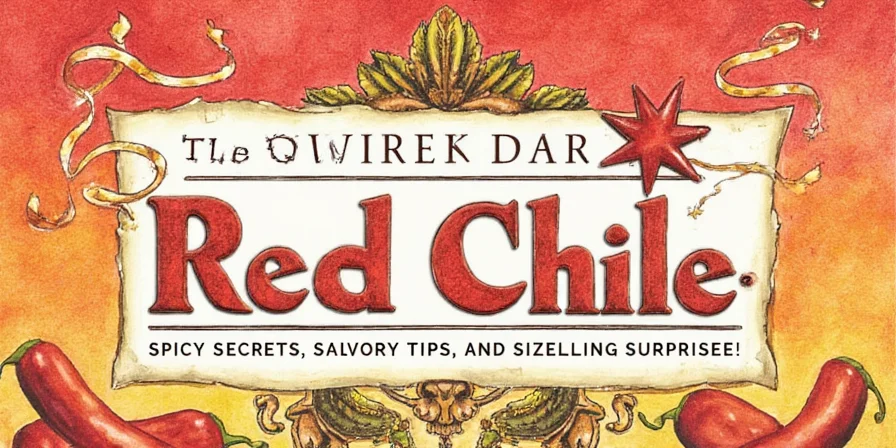
Conclusion: Fire Up Your Kitchen!
Whether you're roasting your own pods or buying a trusted brand, New Mexico red chile is more than a condiment — it's a celebration of tradition, flavor, and a little bit of fire.
Now that you’ve got the scoop (and the sizzle), why not grab a bag of dried chiles, roast them in your oven, and grind your own spice blend? Trust us — your taste buds will thank you, and so will your dinner guests.
Remember: In New Mexico, it’s not about how hot it is — it’s about how good it tastes. Now go forth and make your kitchen feel like the Southwest!
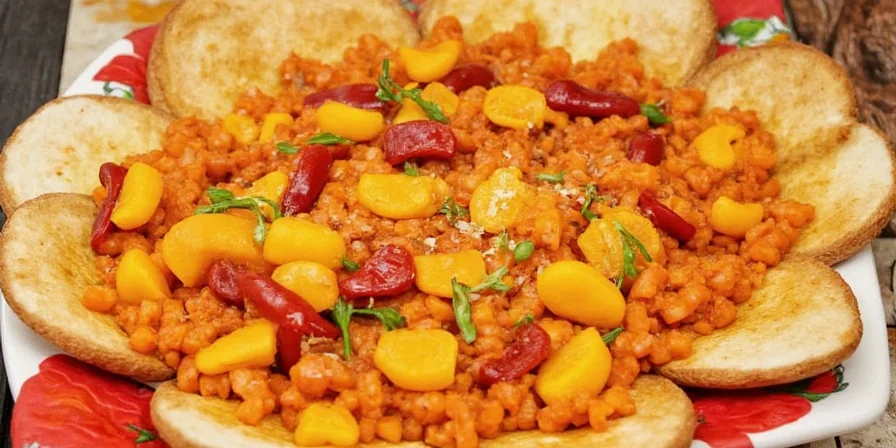

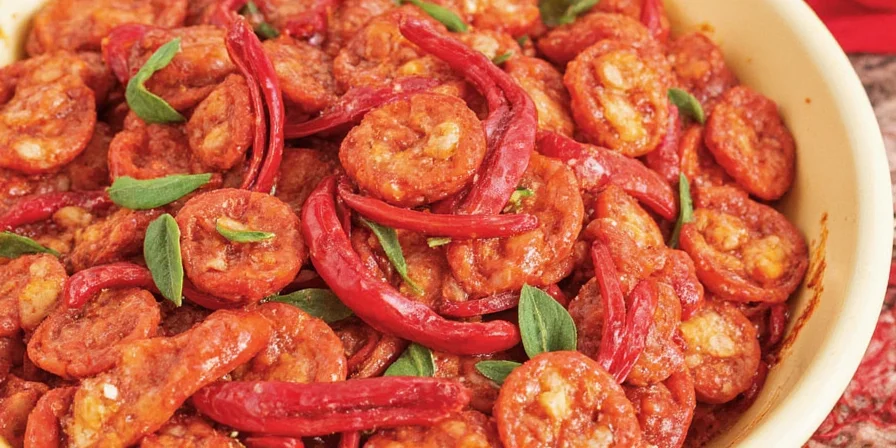









 浙公网安备
33010002000092号
浙公网安备
33010002000092号 浙B2-20120091-4
浙B2-20120091-4